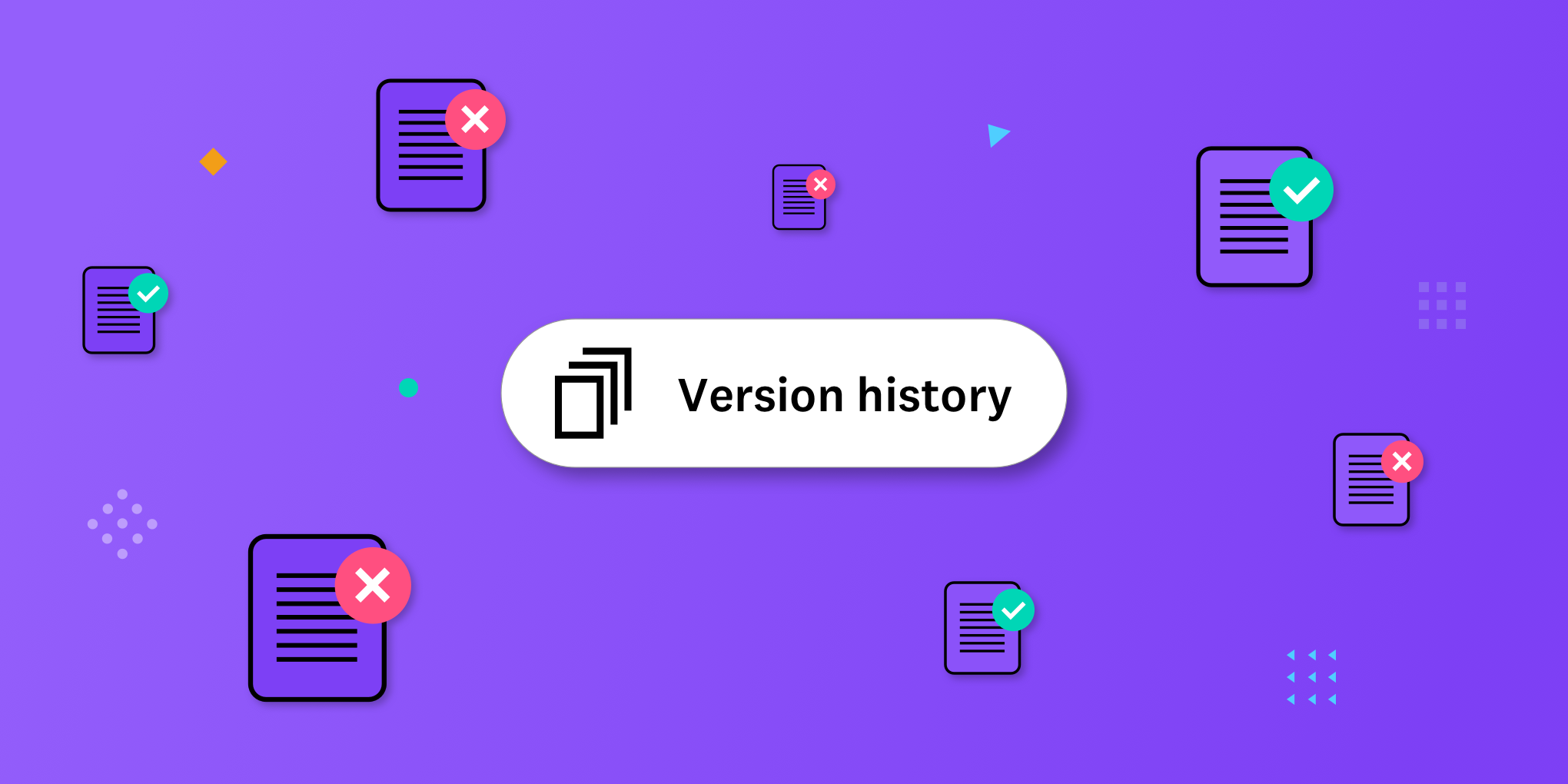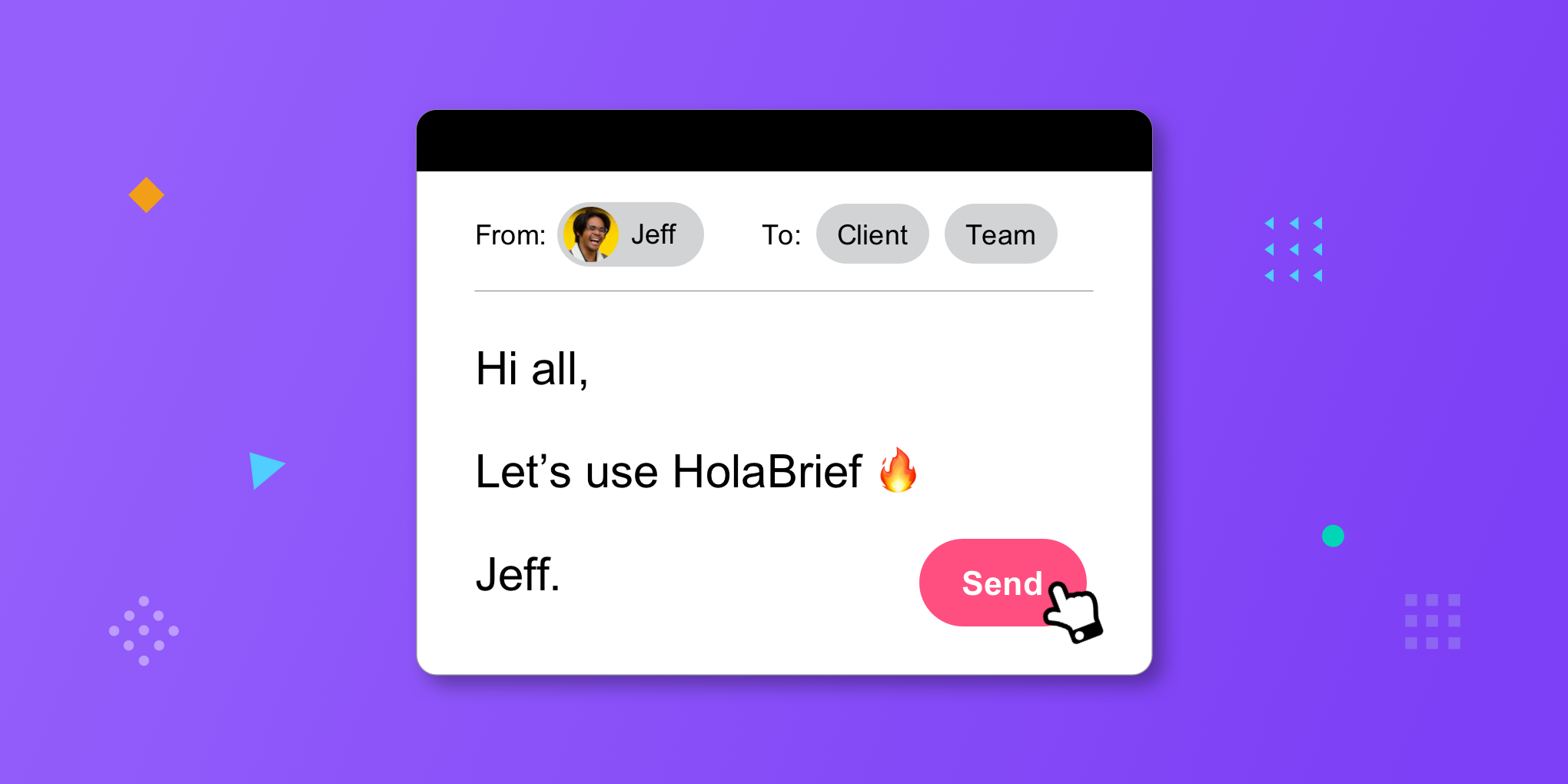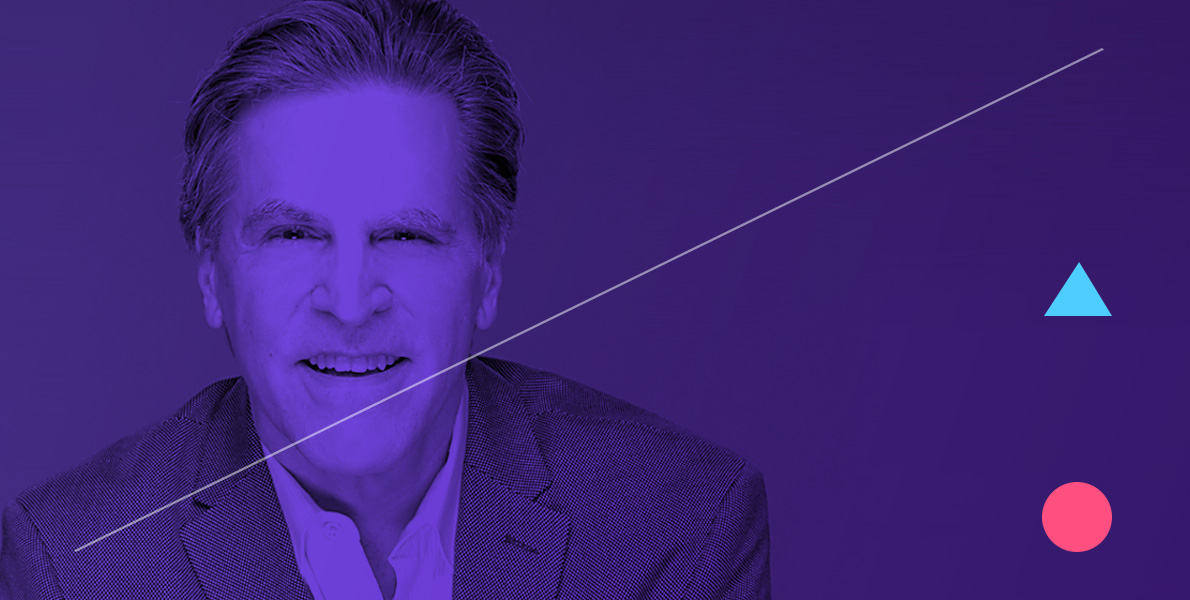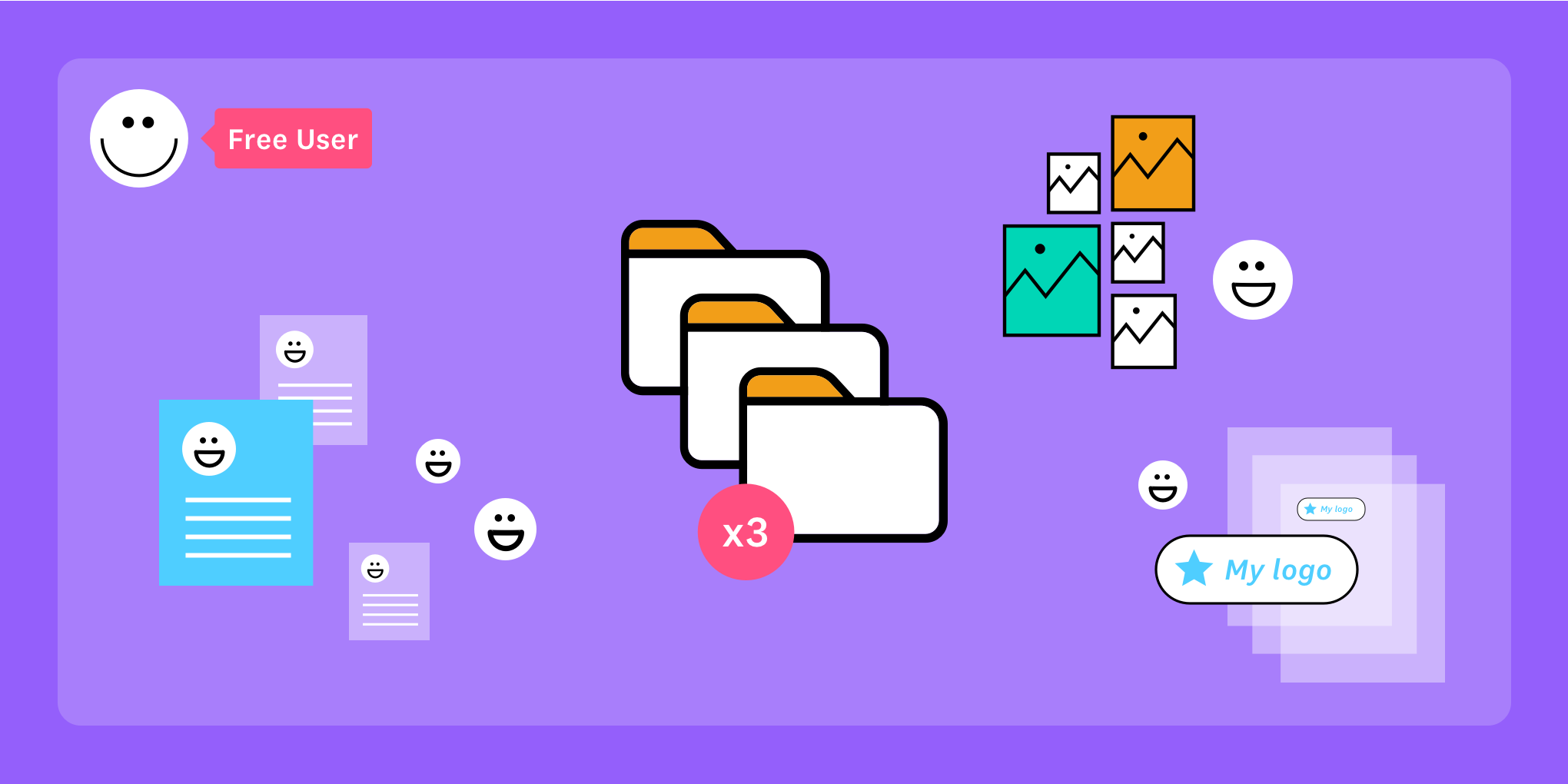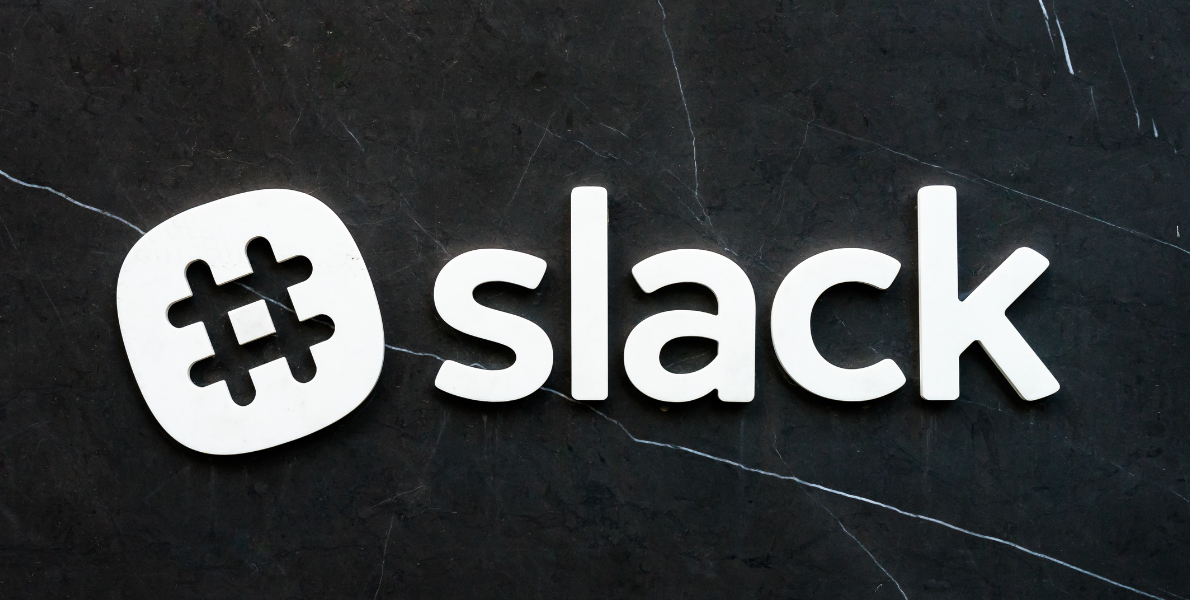Designers and studio owners REJOICE! We finally have a briefing system that is visual, modular and customisable. I have gone through my process with HolaBrief in hands, both during a first client meeting with the prospect AND during a client discovery or kickoff meeting.
During the years, I have accumulated a bunch of questions that help me get to the bottom of the real problem the client is facing. The first step of the engagement with a prospect is called a consultation or first meeting. Here you'll find out what is the real issue your prospect is facing (let’s be fair, they rarely need what they say they need). In order to set up a proposal and pricing, and hopefully convert the prospect into my client, I have a talk with the prospect — and it is this talk we will cover here.
Value-Based Pricing
If you are familiar with Value-Based Pricing, you know that questions like “What does this project mean to your company?” are common. There are a few sections of the HolaBrief tool that can help us get started... and remember, NO one said you had to use all the exercises that are given to you by the tool. Whether or not you will be pricing on value, some sections in the tool can still be relevant to guiding your prospect and finding out whether you are a good fit for each other.
The way I approach first client meetings is by adding the perks of VBP to our process of talking to the client before the actual briefing part. Most designers approach this first client meeting as a kickoff meeting, without being paid for it. Let's change this right now. The solution is to position the first client meeting around Value. The kickoff meeting then is part of our proposal. After we have the proposal confirmed and the contract signed, the kickoff meeting including the briefing phase starts after we get paid.
Value-based pricing only works B2B (Business to business). Since we price based on the value that the project has to the company, a “passion” or “personal” project can not be priced this way. IF there is no profit, VBP does not work. We do not just ask for the budget, we ask the profit realisation as well. That is a key question with VBP: we will have to uncover the real problem the future client is facing, what their expectations really are, and what kind of value we can bring to the project. It might turn out that the prospect’s problem is somewhere else and the solution is different than they have in mind. It’s actually most likely it is.
Warning: whenever you jump into a first client meeting, make sure you are taking to the decision-maker(s) of the company. Anything else is not acceptable. For this post, we will be looking at a branding case, so expect some jargon related to that.
Ask the Right Questions
The truth is, you are not the only one prospecting. The prospect is most likely doing the same to you. There is a big, big chance that they are talking to multiple studios and designers, and whilst you do not want to PITCH, you still need to find out whether you would be a good fit in the first place. Most of the time the deciding factor is pricing. Other times, you will find out you just are not a good match for each other, whether because of timelines, values or skills required for the project.
So, when prospecting, you need to show that you care and discuss what you can bring to the table. One thing you should remember is that these conversations never happen via email or a form. I like to joke around that the H2H (human to human) is a decisive factor. Whenever possible I do it P2P (in person) which is the ideal situation.
So during the first client meeting, I open HolaBrief and go straight to the rational questions section. First I engage with a little bit of small talk and I introduce myself to the prospect. Then I ask very subtle questions I prepared in the tool. They help determine the reason why they chose to speak with me in the first place. This gives me a lot of insight into what the prospect is looking for and what kind of expectations (s)he might have. Here are some examples of rational questions I listed up in my HolaBrief template, to ask during your first client meeting:
1. Why me, and what are my special attributes? And how did you hear about me?
Sometimes, people answer that question even before you ask when they reach out to you. But in case they do not, always remember to ask! The reason you should ask those is to gauge the perception they have of your own brand and where the gig is coming from. Those are important sales and marketing questions to better your business. This question also clarifies what is important to your prospect and what their main expectations are about working together with you specifically. This is important as you want to know if you can meet their needs.
Finding out how you specifically contribute to the project is step numero uno to start measuring success.
The next questions help us measure the timing and urgency of the project. It is also an opportunity to find out if there is a crisis going on in the business, or some other sort of scarcity. This is important to determine how much the client actually values and needs the (or a) solution.
2. Why are you looking for [project name] now?
3. What makes you think you need [project goal]?
At this stage, you might be able to uncover certain red flags — hopefully not!
Our next step is to find out a bit more about the business itself and the person you are talking to. It is helpful to also keep a little notes app or actual pad to write keywords down, just in case the prospect says something relevant that you might want to remember later but that is not related to the question you have just made.
Finding out about the business
I might be a wacko of some sort, but I like to know what my clients are trying to achieve with a given project before anything else, and of course, their history. For more experienced designers this stage of the consultation is a given. In order to best serve your client, you will need to know the hows and whys. Really digging deep in the motivations helps you better understand their company’s goals.
[tip] There are two types of prospects: the ones that give you a good overview of who they are and what they want, and the ones that straight-up ask for pricing. The second type of prospect we normally turn down. Firstly, we already know they are bidding. They might not even necessarily be looking for a close — and let’s be honest, it is a lazy way to approach someone you want to work with. Secondly, we have an instruction that asks for detail on who they are and their business, or else their project will not be quoted. We have a canned message that kindly turns them down.
“Instead of seeking clients, we will selectively and respectfully pursue perfect fits – those targeted organizations that we can best help. We will say no early and often, and as such, weed out those that would be better served by others and those that cannot afford us. By saying no we will give power and credibility to our yes.”
This is an excerpt from A Win Without Pitching Manifesto by Blair Enns, a book I often quote and recommend to designers and studio owners alike. It is a must-read for any creative professional who is looking to be an expert and a general badass.
Why we are talking about all that stuff if we are just trying to turn the prospect into a client?
The foundation of our process is not Design. Our ability to think through solution is.
Design is a by-product of our thinking, the bridge between the real problem and the client’s goal. The solution to the client’s problem is a series of processes that we have put in place during years — and the reason why we are called experts. Since we are experts, we want to be selective. This first client meeting is the route to being selective, the first step of a process that I so passionately defined over the years.
Thus, I find it more helpful to leave the overview part of the project for last, so I just go on asking basic questions that will help us engage and sympathise with our prospect’s current situation:
4. What is the history of your business?
5. What has motivated you to do what you do?
6. How do you feel like [insert project] will impact your business’ future?
This last question is a good introduction to the goals section, and it helps the prospect to think about impact. The Rational Questions section of HolaBrief is the perfect place to document the answer to such questions. You can add customised questions and rearrange the ones that we present here as you desire.
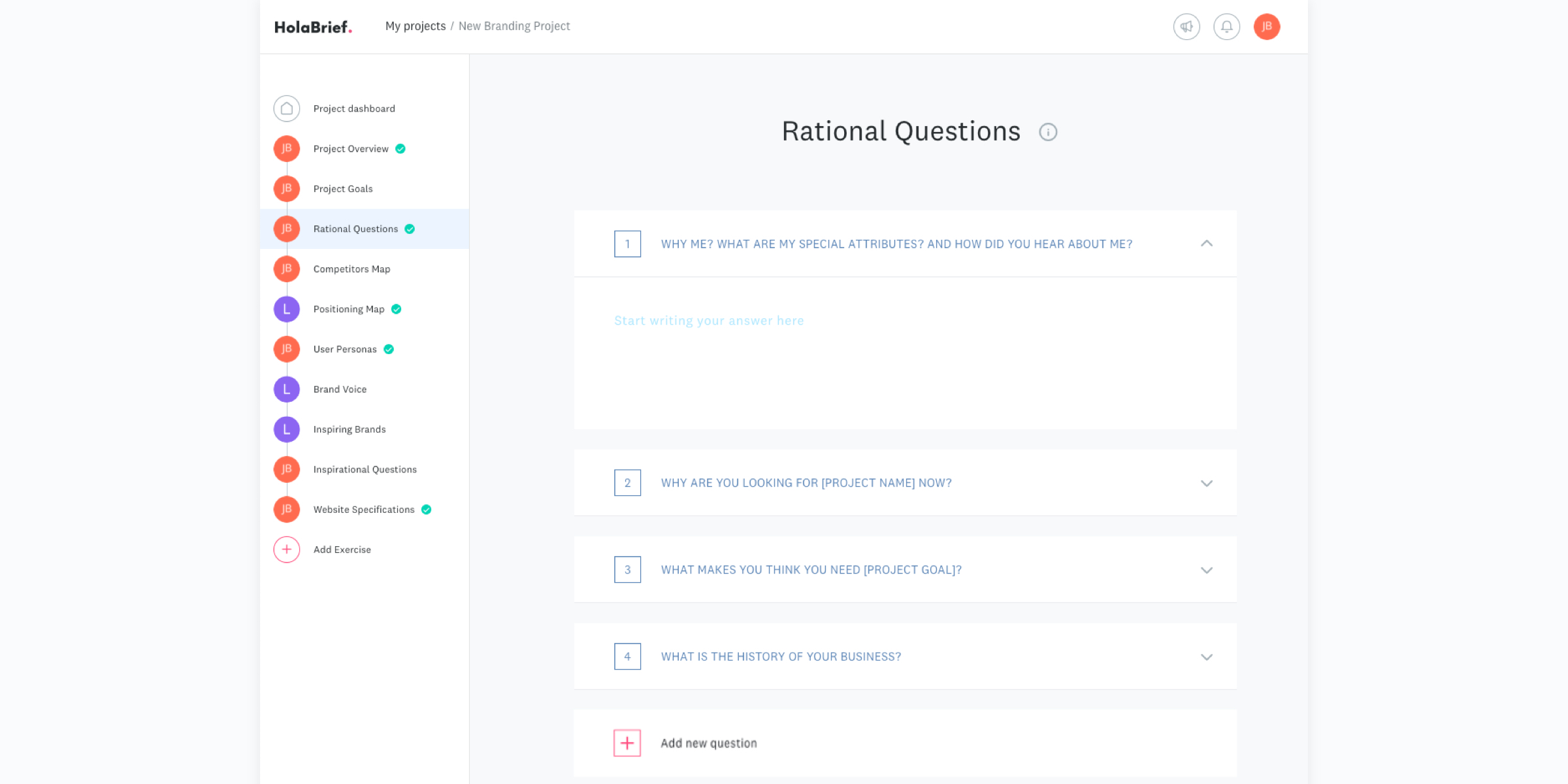
Prepare your questionnaire for your first client meeting with the HolaBrief template.
Let’s talk project goals
I am a designer with expertise in brand strategy, so I need to understand the business goals to effectively bridge the gap. The catch is understanding that your design decisions are not based on what your (hopefully) future client loves, but on what the prospect’s clients love. No, the customer is not always right.
“We are hired for our expertise, not our service. It is a mistake to believe that the service sector mantra of ”The Customer is always right“ applies to us. Like any engagement of expertise, we often enter into ours without the client not truly knowing what he needs, let alone recognising the route to a solution.” - another quote from The Win Without Pitching Manifesto
That, my friend, is what I try to explain to every single designer that I get in touch with. That is the sort of mindset you will need when dealing with business people: they know the destination and the result, they just do not know how to get there. And if they think they do, you might want to learn to take control of the situation, show the right way or else walkout. It is up to you to make the decision whether you are indeed a good fit. Remember that there is no such thing as clients from hell — only bad decisions and bad systems.
There are two types of project goals: long and short term
Not all business goals will reflect on the project, depending on what it is. However, since there is a huge chance they do, you might as well be aware of them.
Goals are SMART:
- Specific
- Measurable
- Attainable
- Rewarding
- Time Sensitive (which I like over trackable).
I get that “measurable” is a weird one. When I first looked at it, I was also confused.
Measurable means a certain percentage or number that you want to have as a return.
It could be the prospect wants 28% more sales — and that is what falls under the measurement. Combined, a goal could be something like “28% more sales on our new hoodie in the next 3 months”. The goal is attainable, has a time frame, and is specific as well as measurable. This makes it clearer for us in which direction to take our project.
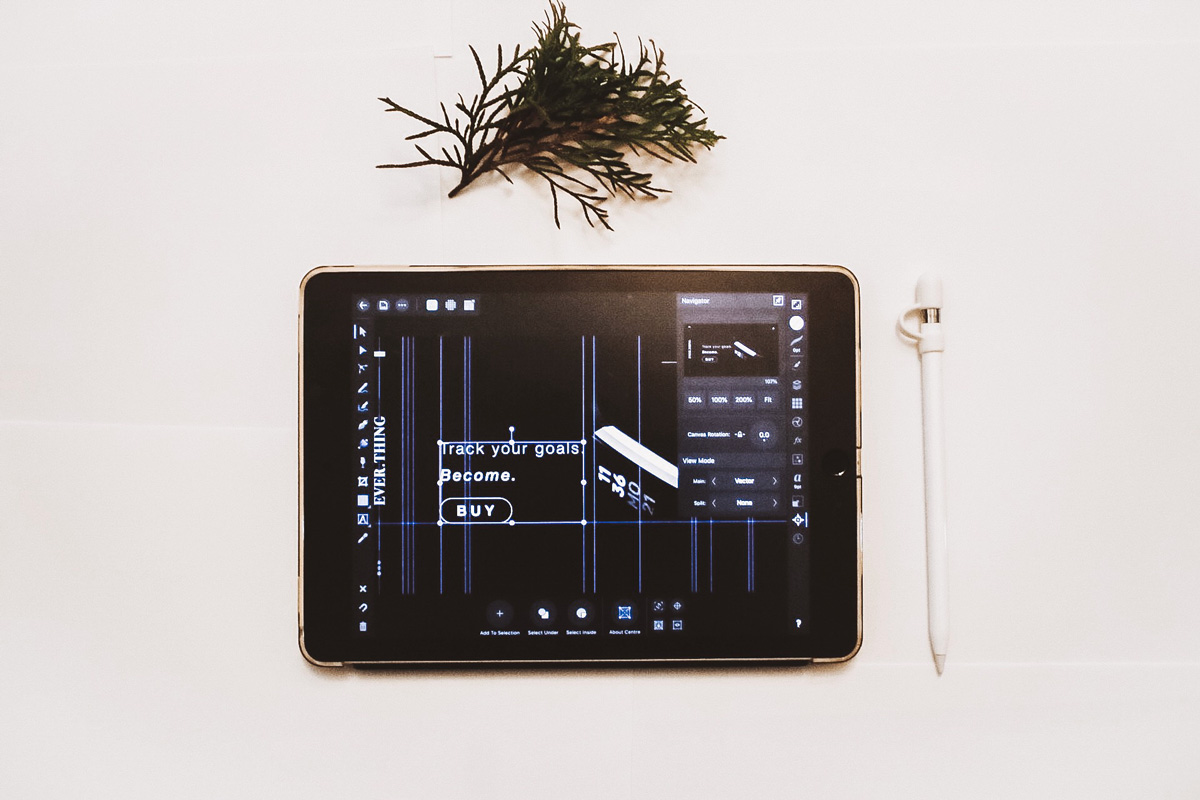
Some questions to ask are:
8. What are you trying to achieve?
9. What specific aspects are bothering you the most?
10. What are the top 3 priorities that need to be handled right now?
By asking those, you will start getting hints of what the long and short term goals might be. Depending on the person, you can just right away ask:
11. What is your long term business goal?
12. What is your short term business goal?
Now, as we said, goals are time-sensitive and measurable. It is possible that the client will not give their timeframe and their assessment methods right away — they might think it is either not relevant or that you will not understand. There is also a possibility they are not ready to share that with you just yet.
So, I normally ask:
13. How would you know these goals have been accomplished? Who will be accountable to measure this success and how will they measure it? What would it look like if the project is successful? What’s an ideal improvement to your current situation? What happens if you do nothing now?
In order to “qualify” a goal to put in your briefing section "Project Goals" of HolaBrief, you will need to listen to the prospect’s clues about priorities and timeframes. The goals that are long term, I generally put it on “low” — but it does not mean it is less important, it just means it is less time-sensitive. I normally include any timing information as well on the “Why this goal is important?” section.
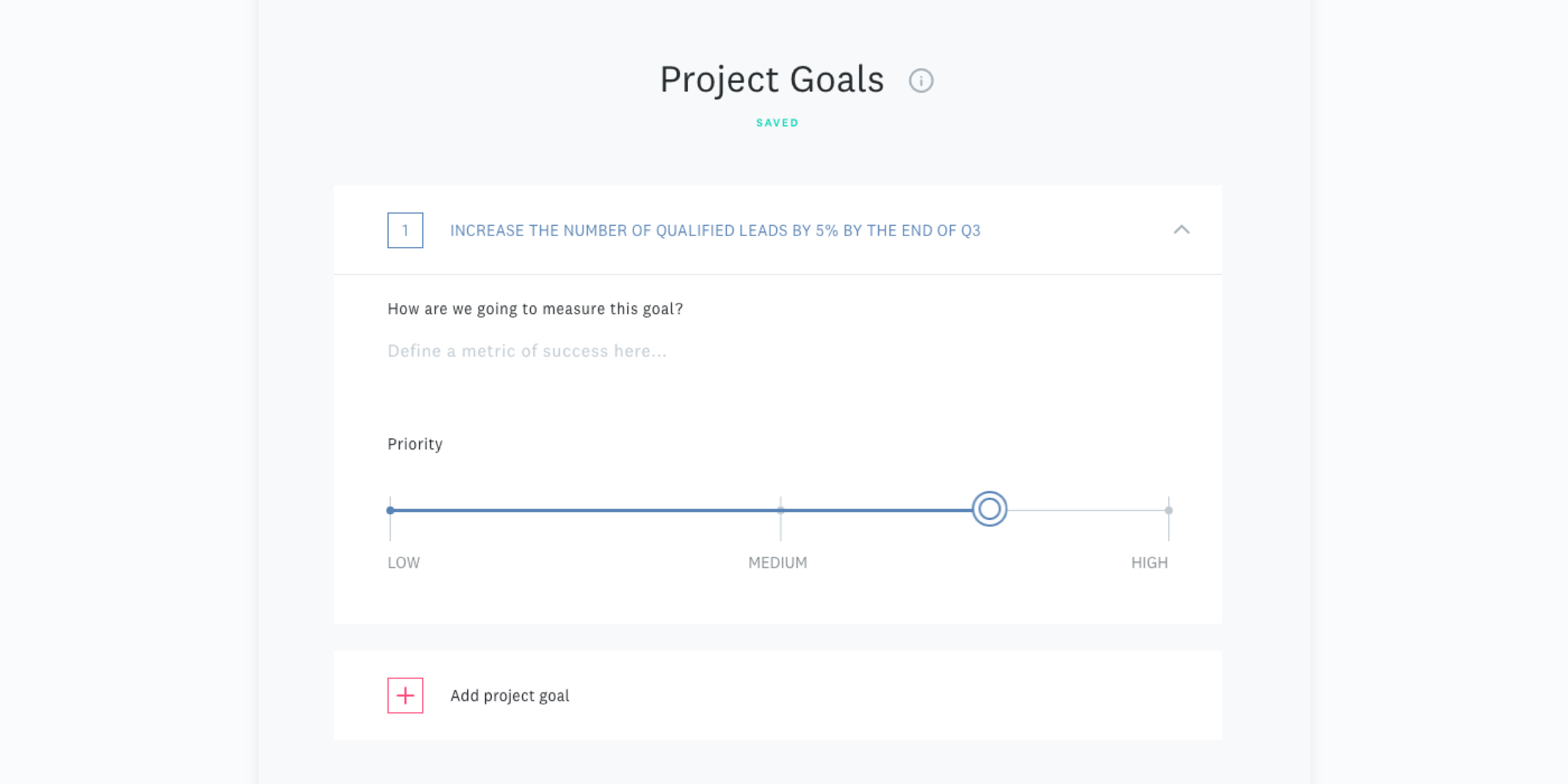
Set up your project goals with the help of the HolaBrief Project Goals Template.
Next Steps
Now that you've shown your great listening skills and clarified what it is your prospect is looking for, find out what the next steps are. What does the prospect want to see in your proposal? Do they wish for a pricing structure? Wrap up the meeting with clear instructions on what it is the prospect wants to see from you next.
Conclusion
By now I hope you should have a clearer overview of a first meeting scenario using HolaBrief and what it is you need to put a proposal together. You identified the reason for the meeting and clarified what the outcome should be.
We believe that HolaBrief is a great tool to help you get started with your discovery process during a first client meeting by already using a few sections of the tool. In the end, you are your own professional and we just merely give you the tools and techniques to create methods and processes of your own. After all, that is what Design is about, is it not?
Next up, I'll take you through a kickoff meeting with my clients, showing you which other templates of the HolaBrief tool are helpful here and how I integrate them.


